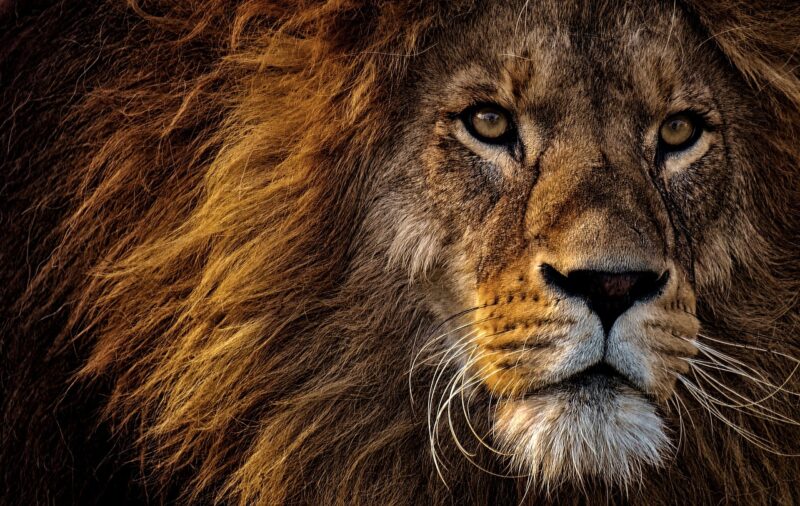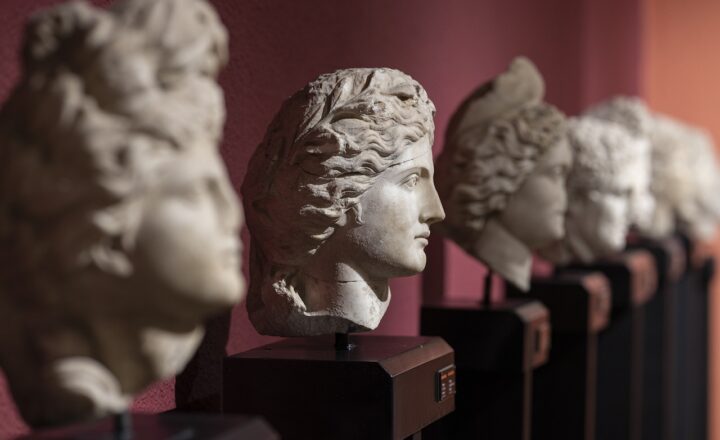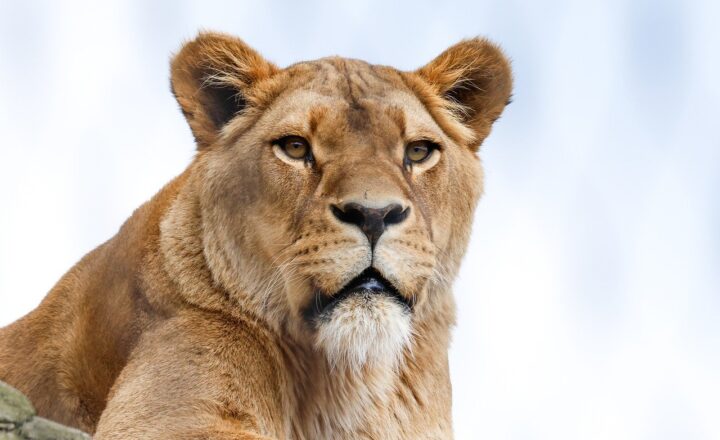How Certain Animals Became Symbols of Power, Wisdom, and Loyalty
November 16, 2024

Throughout history, certain animals have transcended their natural instincts to become powerful symbols within various cultures and societies. These symbols of power, wisdom, and loyalty have been embedded in folklore, religion, and daily life for millennia. Understanding how these connections were forged unveils fascinating stories about humanity’s relationship with the animal kingdom.
1. The Lion: A Universal Symbol of Power and Courage
The lion, often called the king of the jungle, is celebrated across cultures as a symbol of power, nobility, and courage. From ancient empires to modern societies, lions have been depicted in art, literature, and heraldry as representations of strength and authority.
In ancient Egypt, the lioness goddess Sekhmet embodied both the wrath of a lion and protective qualities for the pharaohs. Meanwhile, in medieval Europe, the lion became a central motif in coats of arms, representing bravery and valor during battles.
Even in contemporary symbols, such as the emblem of the British monarchy, the lion represents royal power and stateliness, echoing its long-held status as a formidable creature that commands respect.
2. The Owl: An Emblem of Wisdom
Expressing wisdom often brings to mind the owl, specifically the great horned owl. Ancient Greeks revered the owl as a sacred animal of Athena, the goddess of wisdom and warfare. The association with Athena further cemented the owl as a symbol of knowledge and foresight.
In various cultures, owls are perceived as wise advisors or keepers of knowledge. The biblical phrase “wise as an owl” is an interpretation of the bird’s calming presence during the night. This nocturnal hunter captures our imaginations and reinforces the idea that true wisdom may not always be visible, often hidden from plain sight.
3. The Dog: The Ultimate Symbol of Loyalty
Dogs have earned their reputation as “man’s best friend” due to their unwavering loyalty and companionship. This close bond has roots in ancient cultures, where dogs served as guardians and companions.
In many ancient societies, such as the Greeks and Romans, dogs were revered for their loyalty to families, often featured in mythology. The famous myth of Orpheus and Eurydice highlights the loyalty of Argos, Odysseus’ dog, who waited for his master’s return for over twenty years, symbolizing true fidelity.
Dogs also play significant roles in various religions. In Hinduism, the dog is associated with Bhairava, a manifestation of Lord Shiva, symbolizing loyalty and protection.
4. The Eagle: A Representation of Freedom and Strength
The eagle has captivated humanity, appearing as a majestic symbol of freedom, strength, and authority. In many cultures, eagles represent the connection to the divine, rational thought, and courageous leadership.
In ancient Rome, eagles were symbols of military prowess—carried as standards into battle by legions. The bald eagle has taken on a special significance in the United States, representing freedom and independence as the national bird. This bird of prey stands tall against adversity, embodying the ideals of strength and dominance.
5. The Wolf: A Complex Symbol of Loyalty and Community
Wolves are often seen in duality – both fierce predators and loyal pack animals. Their social structure and collaborative hunting tactics symbolize loyalty to family and community.
In Native American cultures, wolves are often viewed as teachers and guides. They embody intelligence, intuition, and the importance of cooperation within a group. Many tribes pay homage to the wolf’s spirit, often considering it a totem animal that can provide strength and guidance through life’s challenges.
Conversely, other cultures may portray wolves as cunning and untrustworthy, reflecting the complexities of this majestic animal in human perception. This duality is essential to understanding how wolves symbolize power and loyalty in human narratives.
6. The Elephant: A Symbol of Wisdom and Strength
Elephants are revered as symbols of strength, wisdom, and loyalty in many Asian cultures, particularly in Hinduism and Buddhism. They are often depicted as guardians, with lord Ganesha, the elephant-headed god, representing intellect, prosperity, and good fortune.
These gentle giants’ matriarchal social structures highlight loyalty to family, guiding younger generations through the challenges of life in the wild. Elephants are also known for their long memories, further resonating the association with wisdom and a deep understanding of their environment.
The elephant’s representation in art, literature, and various cultures emphasizes its role as a powerful and wise animal that embodies a deep connection to loyalty.
7. The Snake: A Dual Symbol of Wisdom and Deception
Snakes invoke a wide range of perceptions – from wisdom and rebirth to betrayal and deception. In ancient mythology, snakes were often regarded as symbols of wisdom, such as the ancient Greek god Asclepius, associated with healing and medicine.
Conversely, snakes can also be a source of fear and revulsion, represented in various cultures as deceptive figures—such as in the biblical story of Adam and Eve. This duality adds complexity to its symbolism, making it a powerful component of humanity’s narrative.
Whether revered or feared, the snake remains an animal whose symbolization encompasses both power and caution, encapsulating the dual nature of many life experiences.
Conclusion: A Reflection of Humanity’s Values
The symbolism of animals reflects humanity’s values, fears, and aspirations throughout different cultures and epochs. The lion’s strength, the owl’s wisdom, the dog’s loyalty, and the eagle’s freedom all become intertwined with our stories and beliefs, shaping societal norms and cultural hierarchies.
As we continue to evolve, these symbols remain relevant, reminding us of our enduring connection to the natural world. Using animals as symbols allows us to articulate complex ideas about human nature, guiding our paths and ideals toward power, wisdom, and loyalty in our lives. Understanding these connections helps us appreciate the intricate tapestry of symbolism woven through ages, from ancient civilizations to contemporary society.








